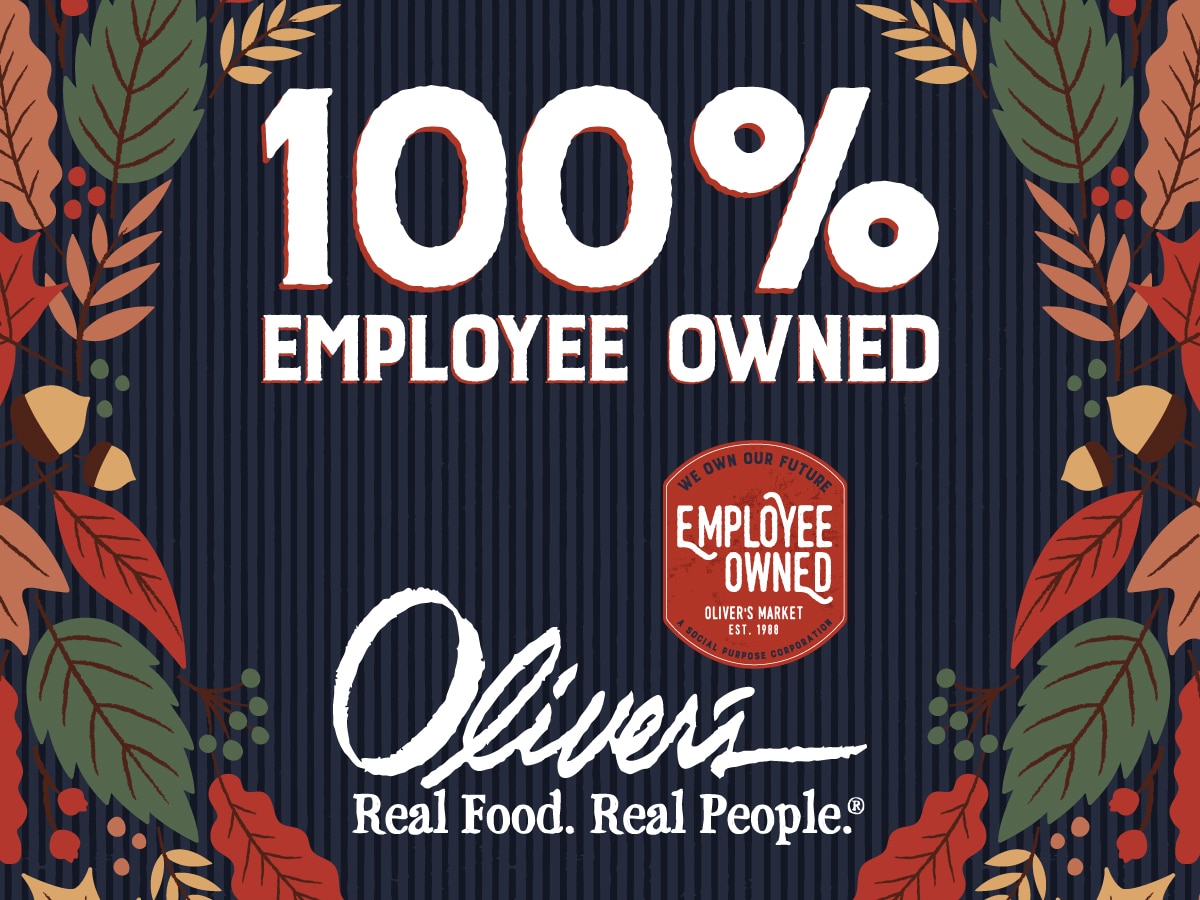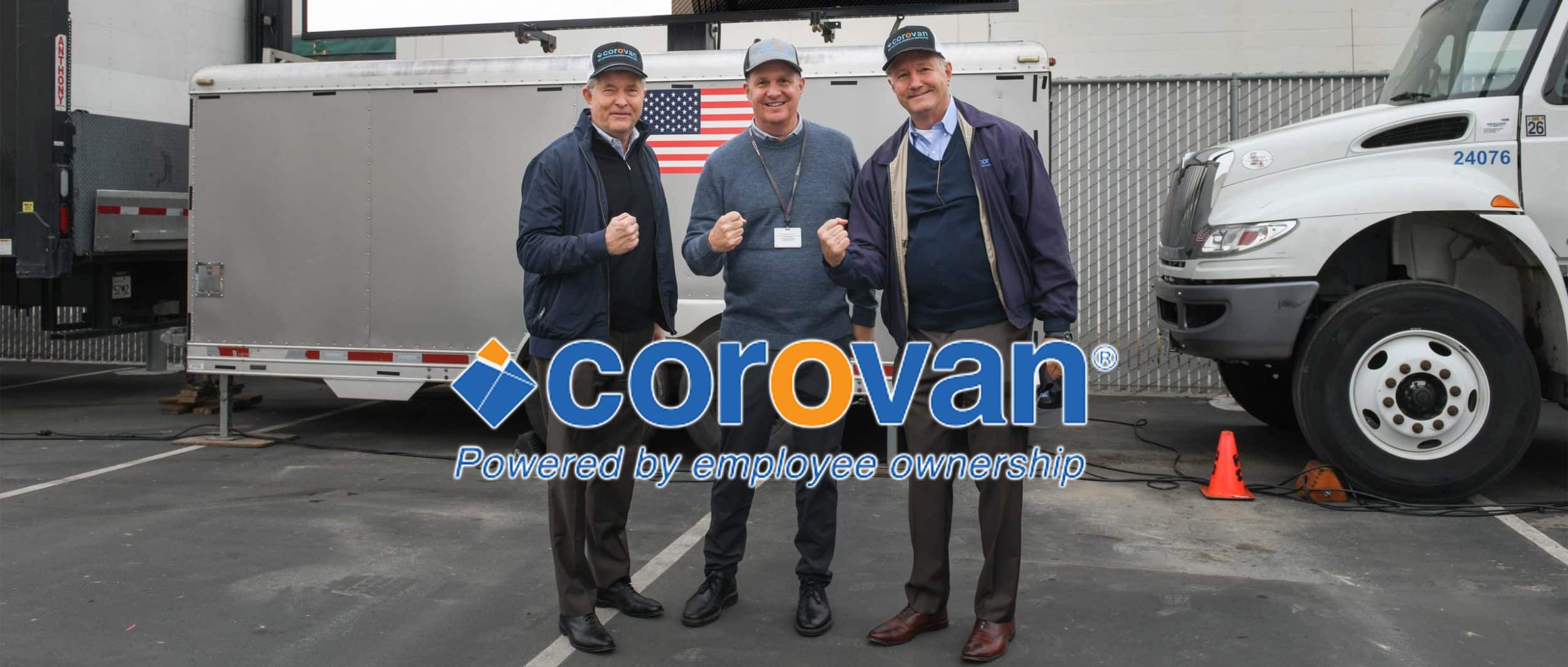NOVEMBER 1, 2004
The following article was originally published in Bloomberg Businessweek and written by Amey Stone
Employee ownership can be a powerful tool
Last November the 100 employees of Superior Plumbing & Heating, a mechanical contractor in Anchorage, Alaska, gathered on the snow-covered ground to celebrate their new status as full owners of the $20 million company. Cutting the ribbon and symbolically reopening the company was Jan Van Den Top, the 60-year-old president, who had sold his shares to the company’s employee stock ownership plan (ESOP).
Van Den Top started the ESOP in 1995, contributing 42% of his shares as retirement perks for employees. In 2003 he learned of changes in the tax code that give generous breaks to S corporations that are fully employee-owned. He sold the rest of his shares to the ESOP, then switched Superior from a C corp to an S corp. The tax advantages should boost Superior’s cash flow by $150,000 annually for years to come. “An ESOP is an organizational tool you can do a lot of things with,” says Van Den Top.
The ESOP allowed him to get a loan with favorable tax treatment, start transferring ownership of the company, and make employees feel more connected to the business. Although Van Den Top doesn’t plan to retire yet, the sale allowed him to diversify his personal holdings while deferring capital-gains taxes on the sale of his shares. He retains control of the company he bought in 1978.
ESOPs are set up as trusts, and most companies don’t become fully employee-owned in one fell swoop. Instead, the company contributes money into the ESOP to pay for shares that are distributed to employees’ retirement accounts. Employees can cash out those shares when they stop working, or roll them into an IRA if they leave the company before retirement. The shares don’t ever have to become publicly traded.
The plans are often extolled, rightly, for improving employee morale and loyalty. But a great benefit of ESOPs is often overlooked: They can be a tax-savvy way to raise money for expansion or to buy out owners. “Even though ESOPs are used by large companies, their sweet spot is small business,” says Jared Kaplan, a partner in the Chicago office of law firm McDermott Will & Emery.
ESOPs aren’t for everyone. Companies that aren’t profitable won’t get all the tax benefits, and those with fewer than 30 employees won’t make up the administrative costs. The law requires an ESOP’s trustee — often current management — to administer the plan in the best interests of its participants. If the company fails, employees with worthless stock in their retirement plans may choose to sue the trustees.
To set up an ESOP, owners need an attorney and an investment banker to appraise the company and its shares, decide on a share allocation schedule, and often, arrange financing. John D. Menke, president of San Francisco ESOP consulting firm Menke Associates, estimates the cost of creating a plan at $40,000. Ongoing costs to administer it and get the required annual appraisal average around $8,000. The ESOP Assn. maintains a list of plan experts at esopassociation.org.
An ESOP’s trustee — remember, that can be you — usually has voting rights for all the shares. So establishing an ESOP doesn’t mean that management will have to appease a whole new group of shareholders. “The nice thing about ESOPs is that owners can have their cake and eat it, too,” says Tom Taulli, a principal at Newport Beach (Calif.) investment firm Bridgewater Capital. “They get some liquidity, personal tax advantages, and also can retain control.”
GROWTH CAPITAL
To fund an ESOP, companies can usually borrow up to 3.5 times cash flow. That money often goes to buy the owners’ shares. If the owners are willing to have their shares diluted, they can instead issue new shares and invest the loan proceeds in the company. The beauty part: Companies that finance an ESOP with a loan can deduct both the principal and the interest used to repay it, making ESOPs an inexpensive way to fund growth.
There are also tax benefits that come from establishing the trust. An employer can take tax deductions (within limits) for the contributions it makes to employee accounts. When owners sell at least 30% of their shares into the trust, they don’t pay capital-gains taxes on the sale if the money is reinvested in domestic stocks. That makes ESOPs useful to retiring owners and those who want to diversify.
Recently, ESOPs have become even more attractive. In the late 1990s, Congress moved to encourage employee ownership by allowing S corporations, which don’t get taxed at the corporate level because their profits are distributed to owners, to set up ESOPs. Not surprisingly, as entrepreneurs realize the implications of the change, many are switching their companies to employee-owned S corps. Houlihan Lokey Howard & Zukin has completed $1.5 billion in 100% ESOP S Corp deals since 2000, and hadn’t done any before then. The ESOP Assn. says 350 of its 1,330 members became 100% employee-owned in this way.
The tax law changes prompted AbleNet, an $8 million Roseville (Minn.) maker of educational toys for students with disabilities, to expand the ESOP it had started in 1992. One of the company’s angel investors was itching to cash out, but management didn’t have the money to accommodate him. Going public or luring venture capital wasn’t an option, says Cheryl Volkman, then CEO and now chairman. In 1998, AbleNet got a loan to buy out the investor and become fully employee-owned. Thanks to the tax breaks it received for the loan, AbleNet could speed up product development and launch a curriculum division.
More important, says Volkman, is that employee ownership has transformed the 31-person company. “It can really impassion employee-owners to get in the game,” she says. They’ve also enjoyed a 20% return on AbleNet’s stock in the past year.
To get the most from an ESOP’s potential to improve morale, management has to work at keeping employees informed and enthusiastic about the plan. “It’s a constant process to create that ESOP feeling and make it work,” says Superior’s Van Den Top. Each issue of Superior’s quarterly newsletter describes its performance and connects those results to its share price, which has climbed an average of 11% annually since the plan was put in place. For most companies, the extra effort it takes to keep employees involved is a small price to pay for an ESOP’S benefits: access to growth capital, an improved tax structure, and a staff that really does think like owners.







